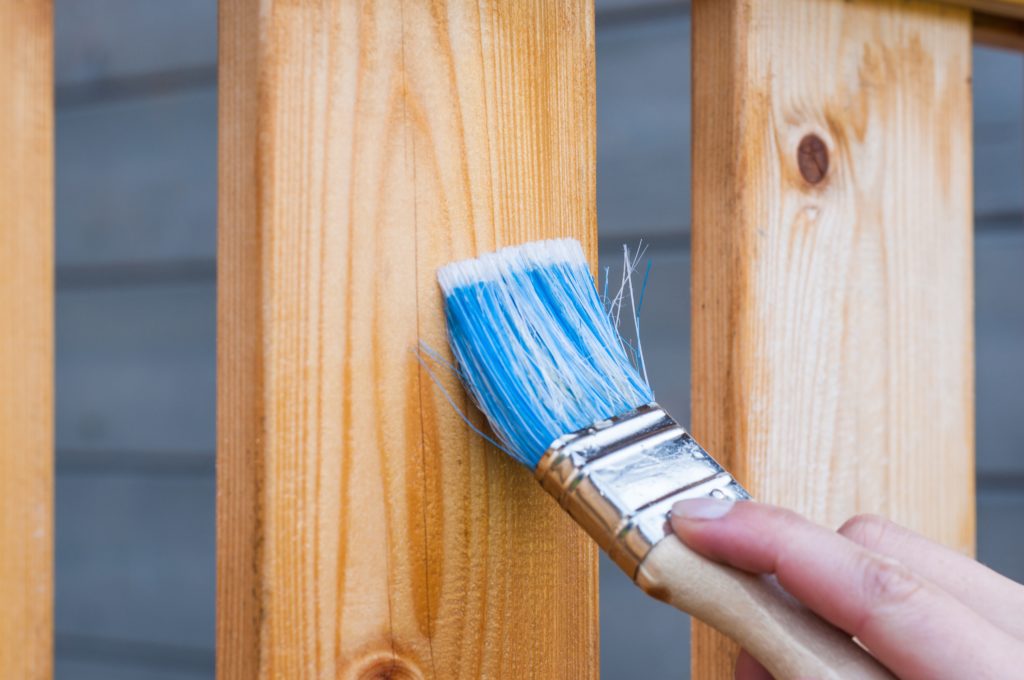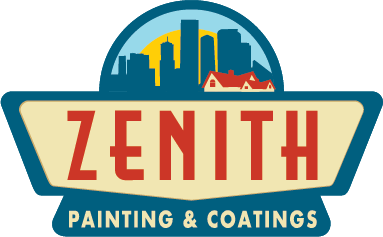
If it sounds too good to be true, it probably is. That’s the case for so-called self-priming paints that promise to save time and money by eliminating primer from the painting process. Here are three reasons to avoid taking a self-priming shortcut.
1. Premium Paint, Premium Price
Perhaps the biggest reason to avoid self-priming paint is that it may not save money. In fact, it is likely to cost more. The value of self-priming paint is that it is not necessary to buy and use two separate products. However, it will still be necessary to lay down at least two coats of this more expensive specialty product.
Instead of paying for one coat of a transparent primer and one coat of a tinted paint, the customer is essentially paying for two coats of each without actually reducing the labor involved.
2. Knot Strong Enough
Expensive as it may be, using self-priming paint is still a valid option for certain applications: adding a fresh matching coat to an already-painted surface or painting drywall. Most other jobs will be too demanding. Self-priming wood stains are especially vulnerable to bleed-through from tannin or resin in knotty wood that will penetrate the weak sealant used.
3. Prime Alternatives
There’s no need to look for new alternatives when existing primers are so effective and affordable. Polyurethane is relatively inexpensive and more resistant to abrasion or chemical corrosion. Shellac is an all-natural product made from insects that is not used as commonly these days, but has remarkable protective and aesthetic qualities when used on wood and will prevent bleed-through.
Zenith’s professional painting team is always available to answer your questions. Call at 800-381-4601 and we can get you started with a free estimate.
[/column]


